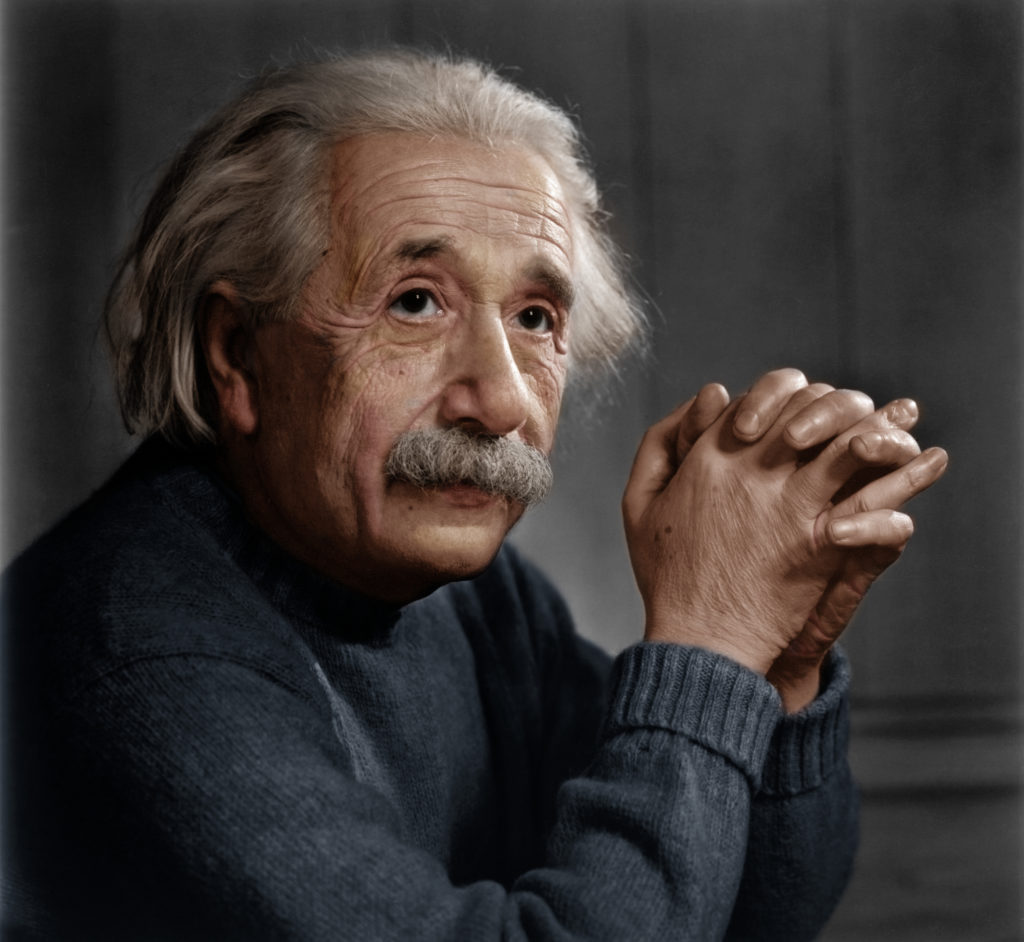
The Scarlet Stain: Famous Red Card Incidents That Defined Football History
In the theatre of football, moments of breathtaking skill, strategic genius, and unbridled joy often take centre stage. Yet, just as compelling, and sometimes even more enduring, are the moments of controversy, frustration, and sheer defiance encapsulated by the flash of a referee’s red card. More than just a disciplinary measure, a red card can instantly alter the course of a match, shatter dreams, ignite fierce debates, and even define a player’s legacy. These scarlet stains on the beautiful game are often etched into the collective memory, becoming infamous footnotes in history, discussed and replayed for generations.
From acts of shocking violence to moments of tactical brilliance bordering on the unsportsmanlike, and even bizarre administrative blunders, red card incidents provide a raw, unfiltered glimpse into the high stakes and intense emotions that underpin professional football. This article delves into some of the most famous, controversial, and unforgettable red card incidents that have left an indelible mark on the sport.
1. Zinedine Zidane’s Headbutt (World Cup Final 2006)
Perhaps the most iconic red card in football history, Zinedine Zidane’s dismissal in the 2006 FIFA World Cup Final remains a moment of profound shock and enduring mystery. The stage was set for a fairytale ending to the illustrious career of one of football’s greatest artists. France, led by their enigmatic captain, was locked in a tense 1-1 battle with Italy in extra time. Zidane had already opened the scoring with an audacious Panenka penalty.
Then, in the 110th minute, it happened. Off the ball, Zidane suddenly turned and headbutted Italian defender Marco Materazzi in the chest. Materazzi collapsed, and after consultation with the fourth official (who had seen the incident on a monitor), referee Horacio Elizondo produced the red card. The image of Zidane, head bowed, walking past the World Cup trophy he would never lift, is seared into the minds of millions.
The incident sparked a global inquest into what Materazzi could have said to provoke such a reaction. It later emerged that Materazzi had insulted Zidane’s sister, a revelation that, while explaining the rage, did little to mitigate the professional consequences. France went on to lose the final on penalties, and Zidane’s career ended not with a triumphant flourish, but with a controversial and deeply regrettable act of aggression. It remains a powerful reminder of how even the most composed and revered figures can succumb to the immense pressure and emotional intensity of the biggest stage.
2. David Beckham vs. Diego Simeone (World Cup 1998)
The 1998 FIFA World Cup in France saw one of England’s brightest talents, David Beckham, go from national hero to public enemy number one in a matter of seconds. England’s Round of 16 clash against Argentina was a pulsating affair, tied at 2-2 just after half-time.
As Beckham lay on the ground after a challenge, Argentine midfielder Diego Simeone nudged him from behind. Beckham, still prone, reacted instinctively by flicking his right leg out and catching Simeone on the back of the calf. While the contact was minimal, Simeone, a master of gamesmanship, theatrically collapsed, clutching his face. Danish referee Kim Milton Nielsen, seemingly convinced by Simeone’s reaction, brandished the red card.
England, reduced to ten men, bravely battled through extra time but ultimately lost the ensuing penalty shootout. The nation’s fury turned squarely on Beckham. He was vilified by the media and sections of the public, with effigies burned and hateful chants sung. It took years for Beckham to fully redeem himself in the eyes of the English public, a testament to the immense pressure and scrutiny placed upon national team players, and how a single moment can reshape a career narrative.
3. Luis Suárez’s Handball (World Cup 2010)
Not all red cards are for violent conduct; some are for desperate, game-saving acts of blatant rule-breaking. In the quarter-finals of the 2010 FIFA World Cup, Uruguay faced Ghana in a match that would determine Africa’s first ever semi-finalist. In the dying seconds of extra time, with the score tied at 1-1, Ghana launched a final attack. A goal-bound header from Dominic Adiyiah was heading for the net, only for Uruguayan striker Luis Suárez to deliberately block it with both hands on the goal line.
The referee immediately blew his whistle, pointed to the spot, and showed Suárez a straight red card. Asamoah Gyan stepped up for Ghana, with the weight of a continent on his shoulders, but agonizingly struck the crossbar. Uruguay went on to win the subsequent penalty shootout, advancing to the semi-finals, while Ghana was heartbroken.
Suárez’s action sparked a fierce ethical debate. Was it cheating or a brilliant, albeit unsporting, sacrifice for his team? He himself famously stated he had made "the save of the tournament." While universally condemned as unsportsmanlike, it remains a moment of incredible drama, highlighting the fine line between desperation and strategic brilliance in the heat of battle, and the often cruel nature of football’s biggest stage.
4. Eric Cantona’s Kung-Fu Kick (1995)
Few red cards have been followed by such an extraordinary and shocking act as Eric Cantona’s infamous "kung-fu kick" in January 1995. The enigmatic Manchester United forward, a mercurial talent renowned for both his brilliance and his temper, had already been sent off for kicking out at Crystal Palace defender Richard Shaw.
As he walked towards the tunnel, Cantona was subjected to a torrent of abuse from a Crystal Palace fan, Matthew Simmons, who had run down from the stands. Without hesitation, Cantona launched himself feet-first into the crowd, delivering a two-footed "kung-fu" kick to Simmons’ chest, before following up with a flurry of punches.
The incident sent shockwaves through English football and beyond. Cantona was handed a nine-month ban from football and sentenced to 120 hours of community service (initially two weeks in prison, reduced on appeal). His subsequent press conference, where he delivered the cryptic line, "When the seagulls follow the trawler, it is because they think sardines will be thrown into the sea," only added to the legend. The incident remains a powerful example of a player crossing an unimaginable line, blurring the boundaries between the pitch and the stands.
5. Roy Keane vs. Alf-Inge Haaland (2001)
This red card was not a spontaneous act of rage but the culmination of a four-year-long, deeply personal feud, notoriously premeditated. The rivalry between Manchester United captain Roy Keane and Manchester City midfielder Alf-Inge Haaland began in 1997 when Haaland, then playing for Leeds United, stood over an injured Keane, accusing him of feigning injury. Keane had, in fact, ruptured his cruciate ligament.
Four years later, in April 2001, the two met again in a Manchester derby. Keane, with cold precision, launched a horrific knee-high tackle on Haaland. The impact was brutal, and Haaland’s career was effectively ended by the injury (though he played a few more games, he never fully recovered). As Haaland lay on the ground, Keane leaned over him, delivering a chilling verbal taunt: "And don’t ever stand over me again, claiming I’m faking injury."
Keane was immediately sent off. In his autobiography, released years later, Keane admitted the tackle was deliberately intended to injure Haaland as an act of revenge. This admission led to further controversy and a fine for bringing the game into disrepute. The incident is a stark and disturbing reminder of the dark, vengeful side of professional rivalry and the physical toll it can take.
6. Josip Šimunić’s Three Yellow Cards (World Cup 2006)
While most red cards involve a single egregious act, Croatian defender Josip Šimunić’s dismissal in the 2006 FIFA World Cup group stage match against Australia is unique for its sheer absurdity and the referee’s monumental gaffe. English referee Graham Poll, one of the most experienced officials in the game, somehow managed to show Šimunić three yellow cards before finally sending him off.
Šimunić received his first yellow card in the 61st minute for a foul. In the 90th minute, he was booked again for another foul, which should have resulted in a red card. However, Poll inexplicably failed to produce the red, allowing Šimunić to continue playing. It wasn’t until the 93rd minute, after Šimunić pushed Poll following the final whistle, that the referee finally issued a third yellow card, followed by the long-overdue red.
The incident was a source of widespread ridicule and disbelief, prompting an official investigation by FIFA. Poll later admitted his mistake, stating he had confused Šimunić with another player. It remains a bizarre anomaly in World Cup history, a comical yet serious testament to the immense pressure on referees and the potential for human error even at the highest level.
7. Lee Bowyer & Kieron Dyer Fight (2005)
Football is a team sport, demanding unity and cohesion. So, when two teammates come to blows on the pitch, it’s a spectacle of rare and shocking absurdity. This is precisely what happened in April 2005 during a Premier League match between Newcastle United and Aston Villa.
Newcastle, already trailing 3-0 and down to ten men after a red card for Steven Taylor, descended into utter chaos. Midfielders Lee Bowyer and Kieron Dyer, seemingly frustrated with each other over who should take a free-kick or a perceived lack of effort, began arguing intensely. The verbal spat quickly escalated into a full-blown fistfight, with punches thrown and teammates having to physically pull them apart.
Referee Barry Knight, utterly dumbfounded by the unprecedented scene, had no choice but to show both Bowyer and Dyer red cards for violent conduct. Newcastle finished the game with just eight men, losing 3-0. The incident was a monumental embarrassment for the club and a stark illustration of how emotions can boil over even within a squad, leading to public self-destruction.
8. Steven Gerrard’s 40-Second Red Card (2015)
The intensity of rivalries in football can sometimes lead to moments of profound regret, even for the most seasoned veterans. In March 2015, Liverpool captain Steven Gerrard, in his final season at Anfield, came on as a half-time substitute in a crucial Premier League clash against bitter rivals Manchester United. The score was 1-0 to United.
Just 40 seconds after entering the pitch, Gerrard was sent off. After a challenge, he stamped on the leg of United midfielder Ander Herrera. The referee, Martin Atkinson, immediately produced a straight red card. Gerrard, a player known for his leadership and passion, admitted he had let his emotions get the better of him, particularly in the context of the fierce North-West Derby.
The incident was a sad and unfortunate footnote in the career of a club legend, highlighting how even in their twilight years, players can be consumed by the heat of the moment, and how a single lapse in discipline can have a devastating impact on a match and a legacy.
Conclusion
The red card, in its stark simplicity, represents the ultimate sanction in football, an abrupt halt to a player’s participation and a potent symbol of transgression. The incidents detailed above are more than just statistical entries in a referee’s notebook; they are pivotal moments that have shaped narratives, sparked global conversations, and etched themselves into the collective memory of football fans.
From the tragic grandeur of Zidane’s final act to the calculated malice of Keane, the desperate genius of Suárez, and the sheer absurdity of Šimunić, these scarlet stains underscore the raw, unpredictable, and deeply human drama that unfolds on the pitch. They remind us that football is not just a game of skill and tactics, but also of intense emotion, immense pressure, and the indelible consequences of a split-second decision – or a premeditated act – that can define careers and reverberate through history. The stories behind these famous red cards are a testament to the enduring power and captivating complexity of the beautiful game.



